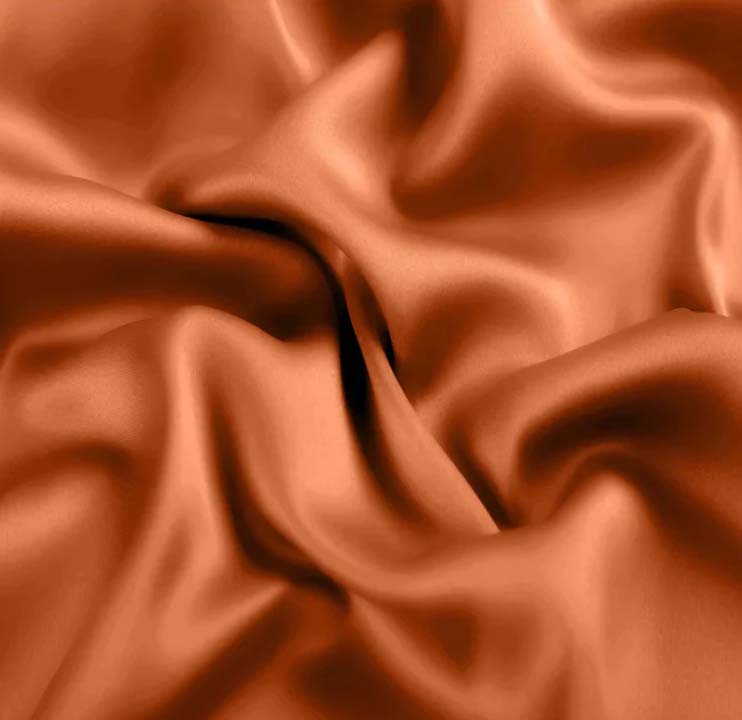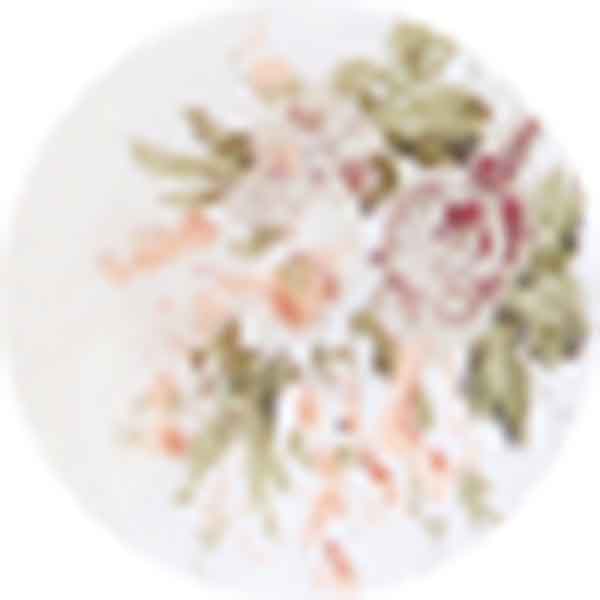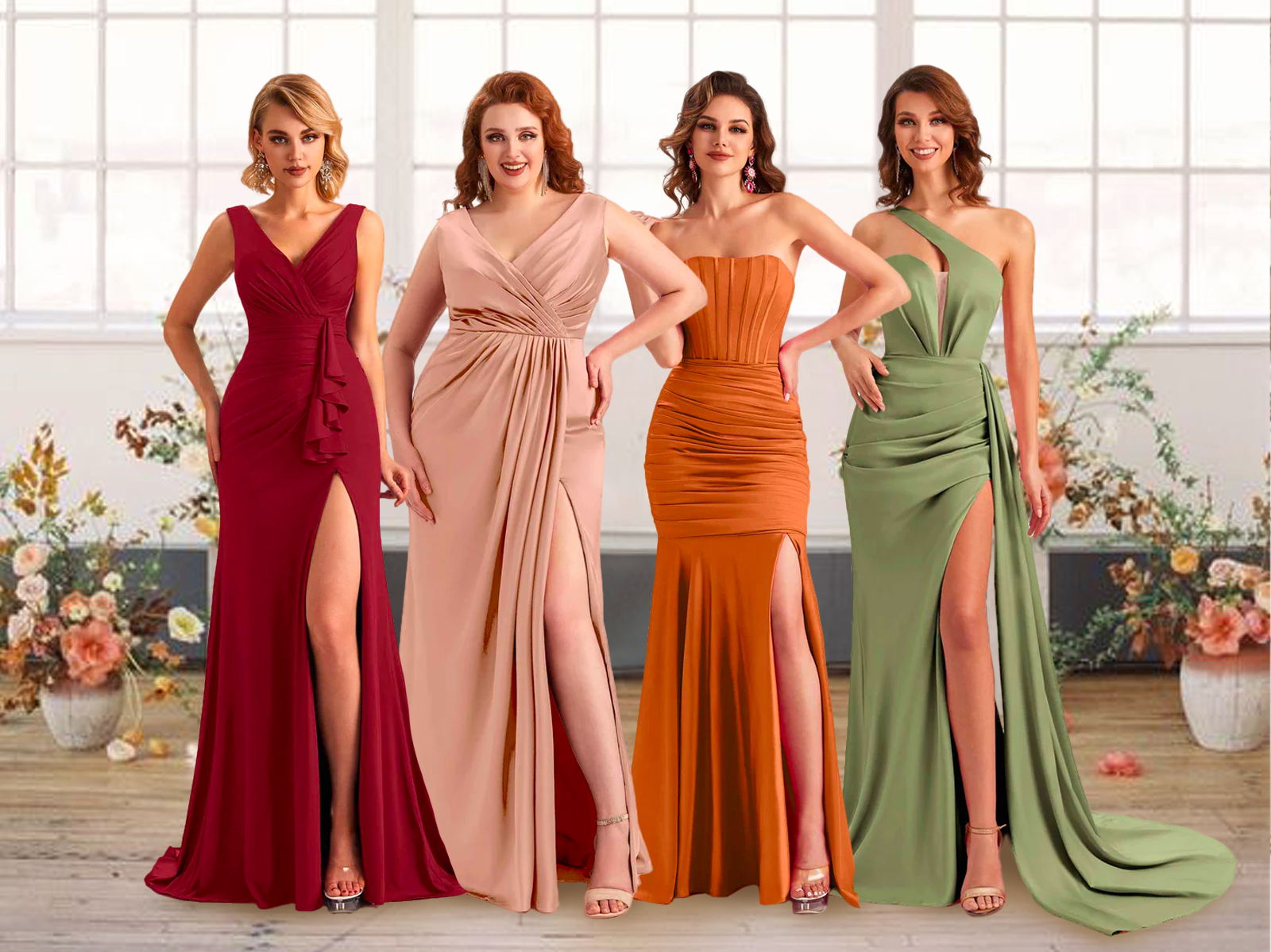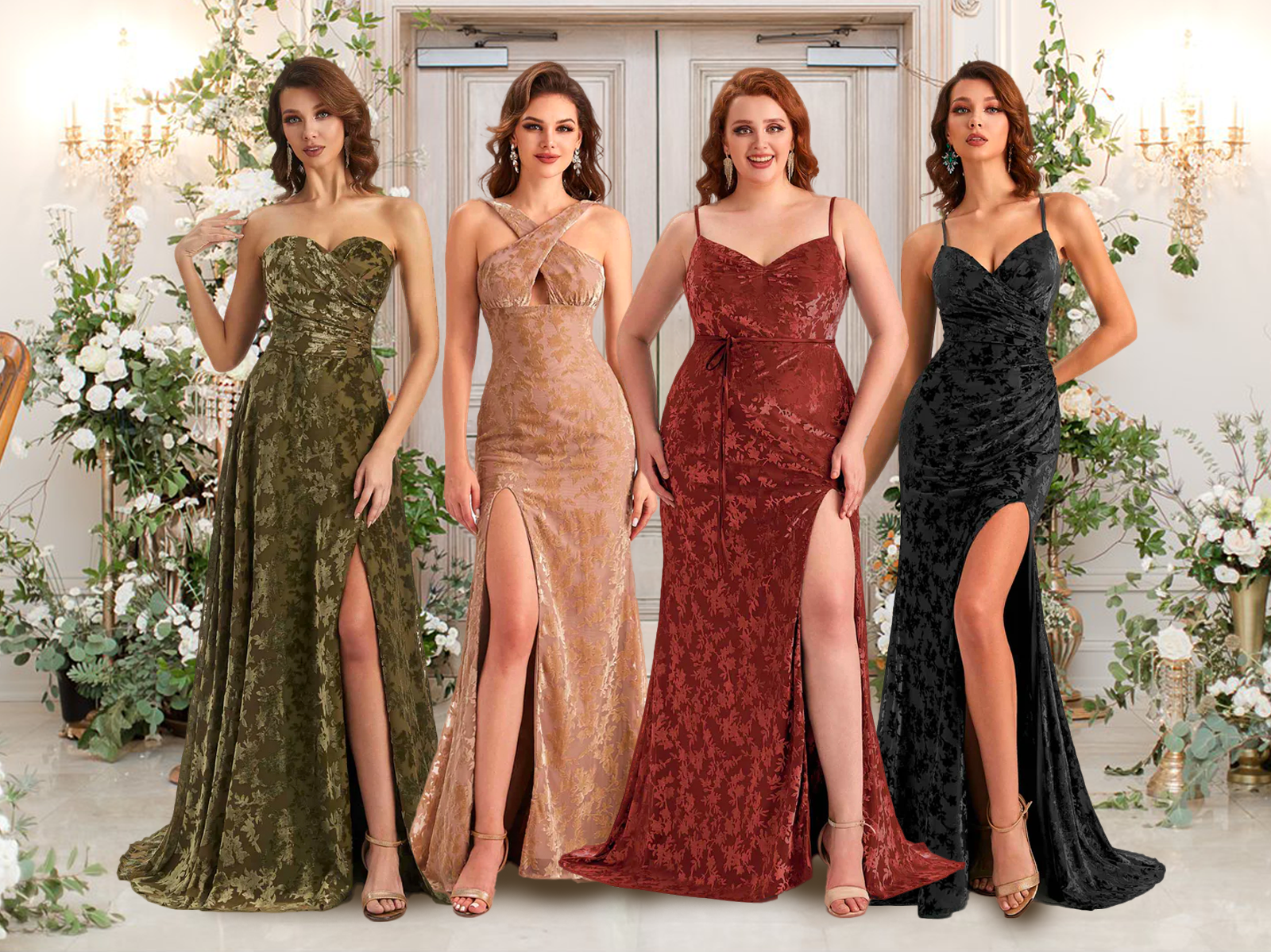









It's a new season so we've brought you some new arrivals dresses to help you celebrate. Shop new season arrivals on the now!

This floral velvet is made from the burnout technique that creates a semi-transparent velvet pattern against a solidly woven fabric, creating a delicate floral print.

